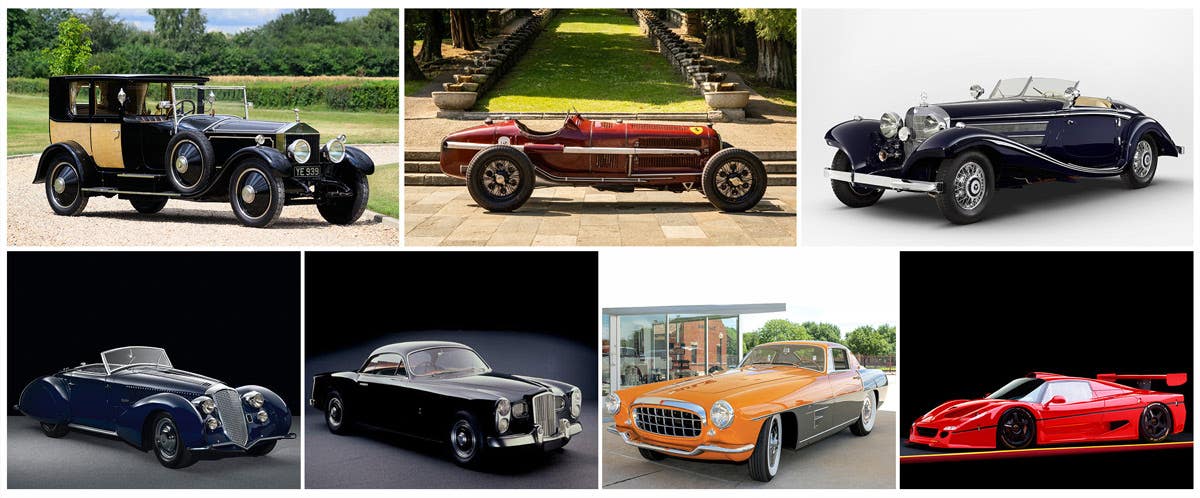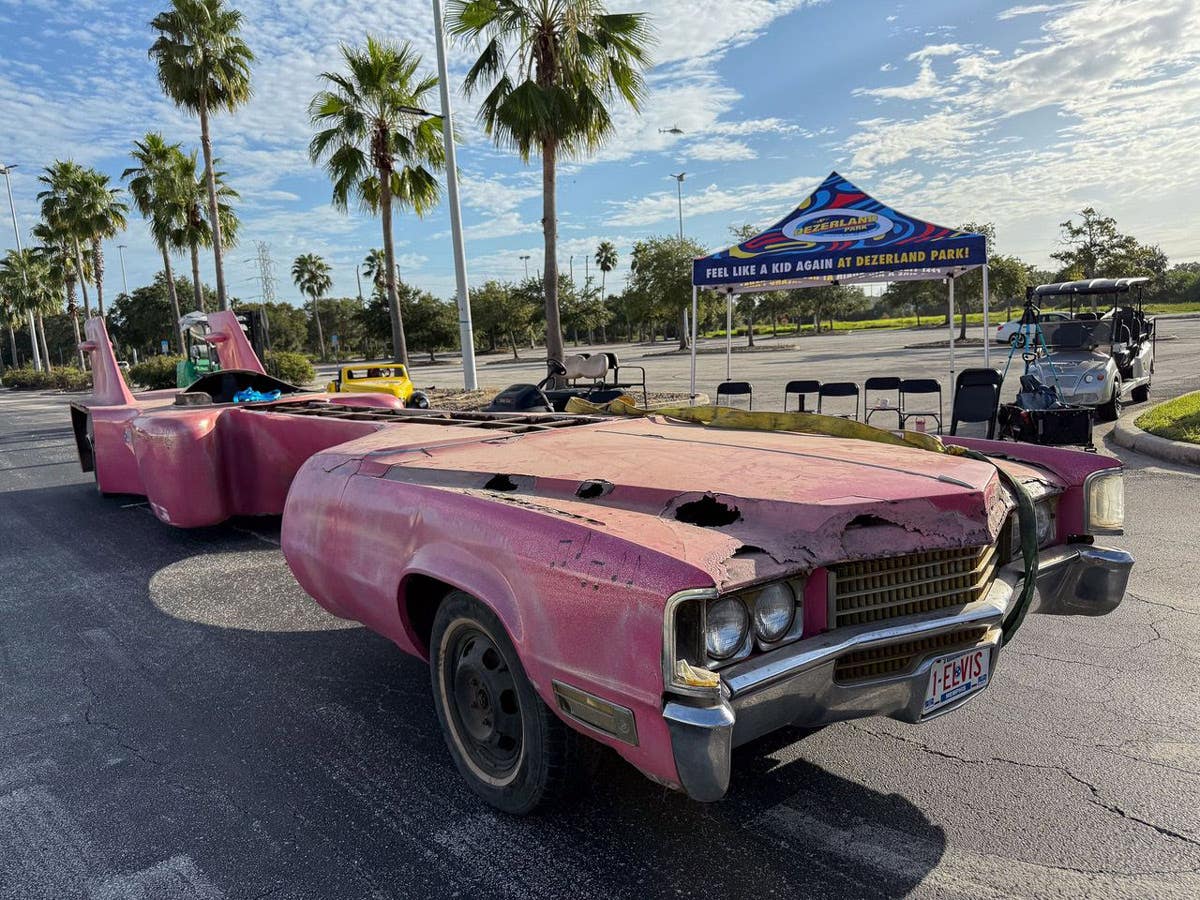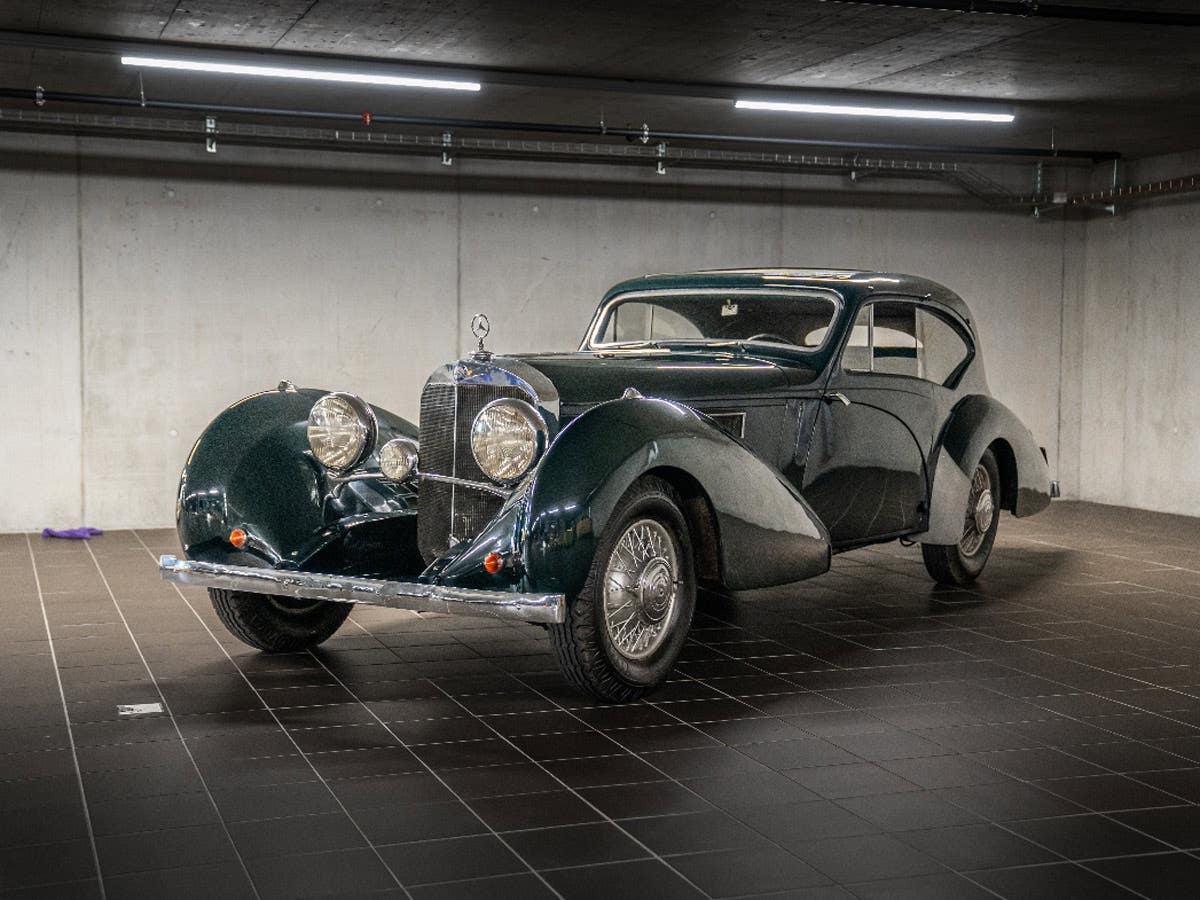As summer heats up in Sacramento, it's time for many people to plan their vacations, which might include a road trip through scenic Northern California. In keeping with the season, the Towe Auto Museum honors the history of the motorhome with a summer-long exhibit appropriately titled "Home on the Road Again."
The exhibit, which runs from June 27 through October 15, highlights the roadside romance of early day motorhomes, showcasing eight examples of early day Art Deco styling and innovative, one-of-a-kind travel trailers that inspired the mass-produced models of today.
"Ever since there were highways, people have been attracted to life on the road and wide-open spaces," says Karen McClaflin, executive director of the Towe Auto Museum. "The travel trailers in this exhibit showcase the imagination and the craftsmanship of people who dreamed of homes on the highway before they were ever produced on an assembly line, she added. "And they reflect the many ways people traveled to the wide open spaces, from a pull-along, no-frills trailer for family vacations without motels to homes on wheels that were considered luxury of the day for an African safari."
Most of the trailers in the "Home on the Road Again" exhibit were built in the 1930s, and are either one of a kind or one of a few surviving models. The newest of them, a prototype of what would become Airstream, offers a preview of what the motor home industry was soon to become, with many of the comforts of home fitted inside aerodynamic shells for easy towing.
The exhibit includes a customized Lindbergh model built for the owner of San Francisco's Sir Francis Drake Hotel, who wanted all the luxurious comforts of home while on safari in Nairobi, Kenya to a mid-century teardrop trailer with a fold-out complete kitchen.
As camping trips became longer and included more adventures, the design and capabilities of early day motorhomes became more sophisticated. Before plasma flat screen televisions and king sized bedrooms, there were compact travel trailers, made of wood and aluminum or duraluminum, pulled behind Model Ts. Luxury for middle-class Americans in the 1930s consisted of a small stove, indoor seating, and small icebox. Those who could afford it could buy additional accessories such as canvas awnings to increase their comfort level while traveling.
An example of such a trailer is the mid-century teardrop with historically accurate accessories. The 1950 King Kamp Master is in original condition, including the canvas siding. Popular in its time because of the air flow design which made pulling it behind an automobile much easier, there is also an 8X6 canvas room that attaches to the back of the trailer to create additional living space. The Kamp Master was also known for its quick set-up, which advertisements boast as only taking two minutes!
Though small trailers like the Kamp Master were suitable for family vacations, those with the know-how and connections began to design even bigger and better homes on wheels for their own personal use. Some of those in the "Home on the Road Again" display were designed and built by people with such diverse backgrounds as a California watchmaker who loved to hunt and a Hollywood cameraman looking for comfort on the road.
Arthur J. Thompson, the California watchmaker, wanted a little more space when traveling on safari in Africa. He took seven years to design and built a two-story Thompson house car, which was finished in 1934. Complete with license plates from Nairobi, Kenya, this house car is said to have toured on safari, allowing passengers to enjoy a comfortable and safe passage through the big-game country of Africa.
J. Roy Hunt, the cameraman, also had personal comfort and practicality in mind when he had an aircraft factory in Los Angeles, California design the Hunt RV, fondly named the Hunt Hollywood House Car. Reaching almost 18 feet in length, this RV, complete with a Mercury Flathead V8, included not only the basic necessities but was designed with a washstand, shower head, toilet, electric razor and medicine chest. Also included was a niche for a television set as well as a writing desk and makeup kit that could be lowered from the rear wall. This house car can be thought of as one of the original makeup trailers used on movie sets today!
The Towe Auto Museum is located at 2200 Front Street in Sacramento, CA, 95818 (between Broadway and Old Sacramento). The Museum is open daily from 10 a.m. to 6 p.m. Museum admission is $7 adults/$6 Seniors/$3 Students K-12/under 5 free. For more information call (916) 442-6802 or visit www.toweautomuseum.org.








